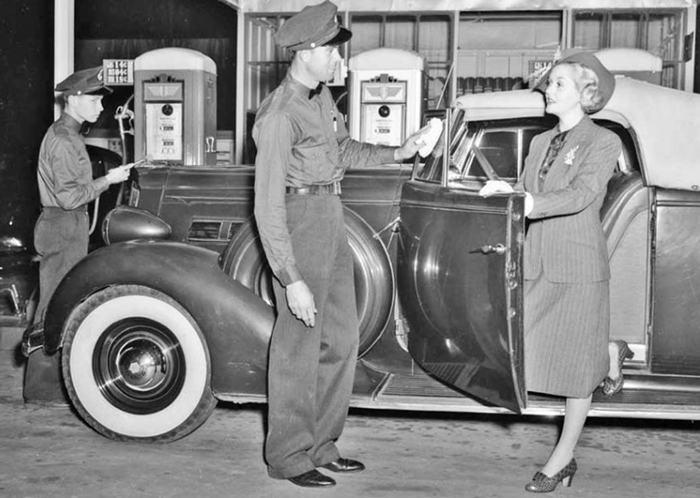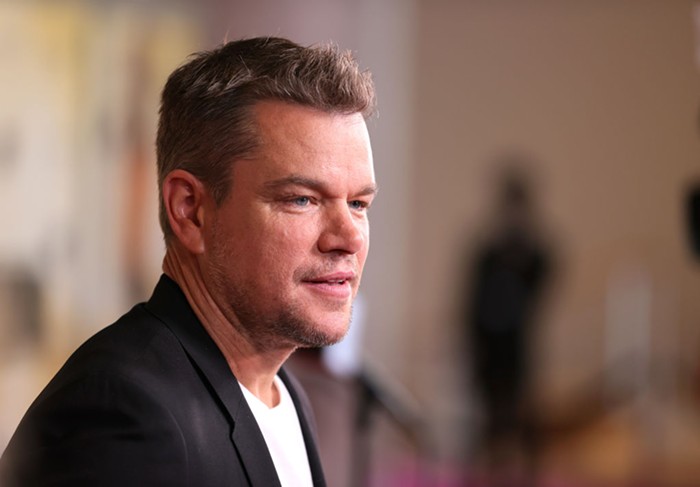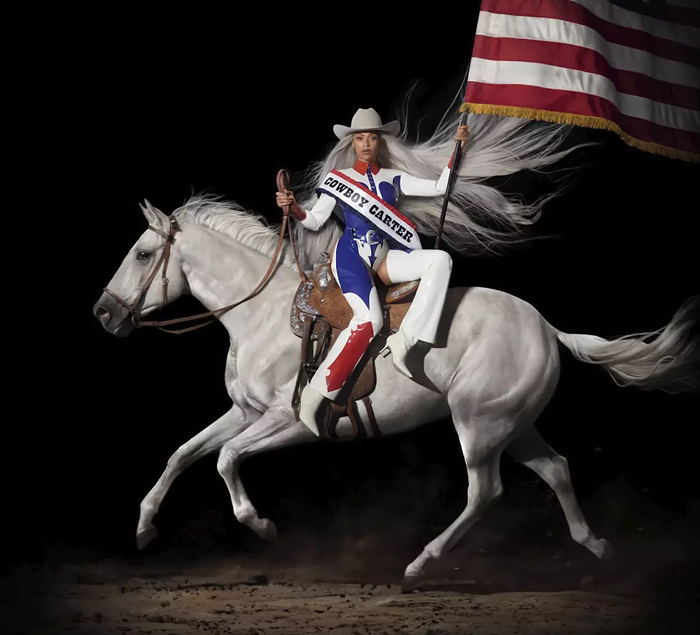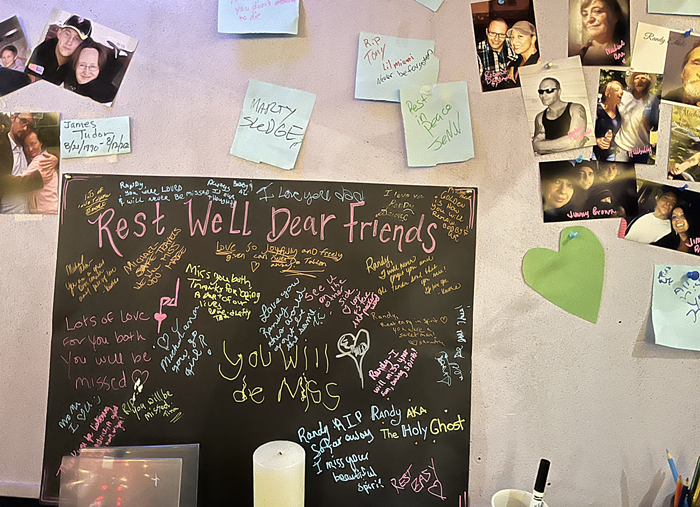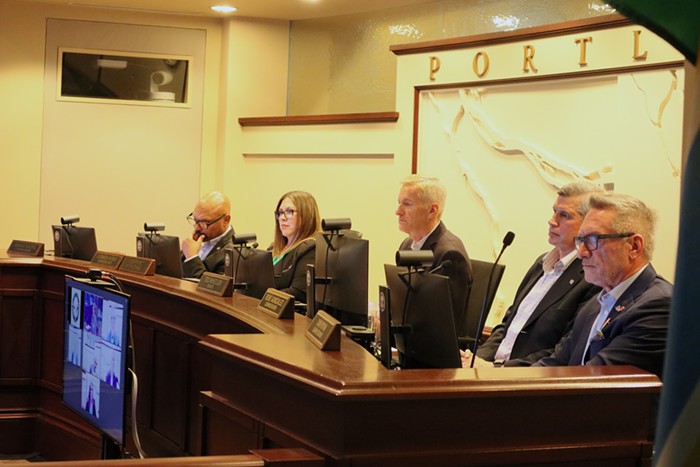
The setup for Britt Hatzius’s Blind Cinema, which ran throughout PICA’s TBA:16, seems to me the sort of thing that would either strongly appeal or appall. The event entails experiencing a film blindfolded while a child sitting behind you describes what’s happening on the screen, whispering their observations into a funnel pressed against your ear. Obviously, if you are a child-hating Roald Dahl villain, this would not be the performance art event for you. And you would be missing out, because hearing an eight-year-old describe a film is hilarious.
At the Hollywood Theatre, where these performances ran, I filed into the front row and dutifully tied the blindfold around my eyes. Losing this dominant sense, it’s easy to tune into the sounds around you, and soon there is a soft rumble as local schoolchildren aged 8-11 file into seats behind the audience members. Then there is the sound of warm pops and crackles of old movie film, and the anticipation of being transported into a movie world takes over.
Only—you’re not about to be transported.
BLIND CINEMA from Brittski on Vimeo.
For me, it was the opposite, in fact—I felt perpetually aware of the act of observing the film by means of the delicate voice behind me describing what was taking place. The film is stripped of its tricks of entertainment and escape, and instead, the next half-hour is an experience built on the both the linguistic and observational skills of a very young person.
The first child who narrated for me was intense: She whispered quickly and clearly into the funnel, which she pressed firmly against my ear so I wouldn’t miss a word of her breathless, rapid-fire descriptions. There is a furnace. There is concrete. It is grey. In the right-hand side of the screen there is a round thing. It is white. There is one person. Now there is two people. One is a kid. We were in this together, and as I strove to follow her narration, she tried to relay as much as she could about what she saw. I nearly had an idea of what she was seeing, a sense of the world on screen, a series of fragmented images in my mind’s eye. She didn’t attempt to interpret anything, just told it like she saw it: The kid puts their hand in their pocket. They find something there. It is an egg. He cracks the egg on the head. Now he is eating the egg.
Eventually, I gave up trying to hold onto any sense of what the film was or what was happening. It didn’t matter. What was more important was the valiant attempt of the child to tell me about it. It was sweet and generous; she struggled to describe it all, and I felt moved by her efforts.
The children switched seats several times so that you could experience different narrators, and the next two children had different strengths than the first. One often gave up trying to narrate it all, but would offer brilliantly funny summaries. He would sit silent for stretches, then describe things with phrases such as, “Now the little boy is just like, whoa!” Sometimes he’d whisper unintelligibly. He seemed not to worry so much with placing the funnel over my ear like the other had, and I imagined him simply taken in by the film, forgetting his duty to relay its content, and whisper into my ear. Another child, often at a loss for words to describe what they saw, gave beautifully poetic descriptions: “It’s just white. Kind of white everywhere and now it is raining white.”
After the movie, the children went on stage and we applauded their performance. I discovered that the ear funnel was shared between me and my neighbor, and we compared impressions of our narrators. She was thoroughly delighted with all of them. “I couldn’t help but peek at the film,” she confided. She said she noticed that the children lacked the vocabulary to describe elements of film technique like close-ups and panning. This was an element I hadn’t considered. What else might be “invisible” to these child-narrators? Or, what was plain to them, but unmentioned because of a lack of vocabulary? How did they choose which elements of the film to describe?
What stands out especially is the way in which all three of my narrators created a space that was always firmly in the present, even in those moments when I had enough information that my mind’s eye could take over. Britt Hatzius’s Blind Cinema is a fascinating meditation on observation, entertainment, and shared experience. And her performers are exceptional.
